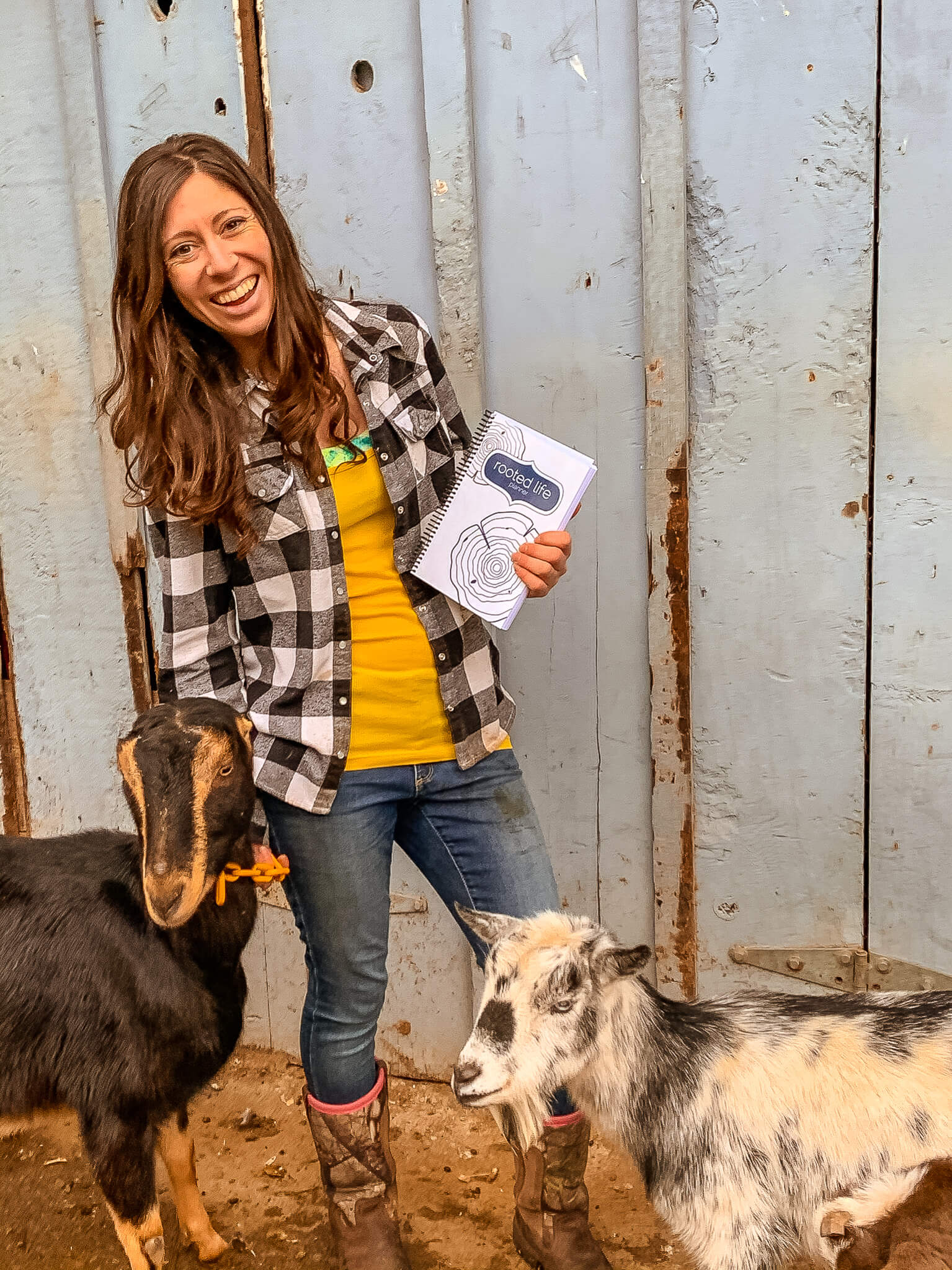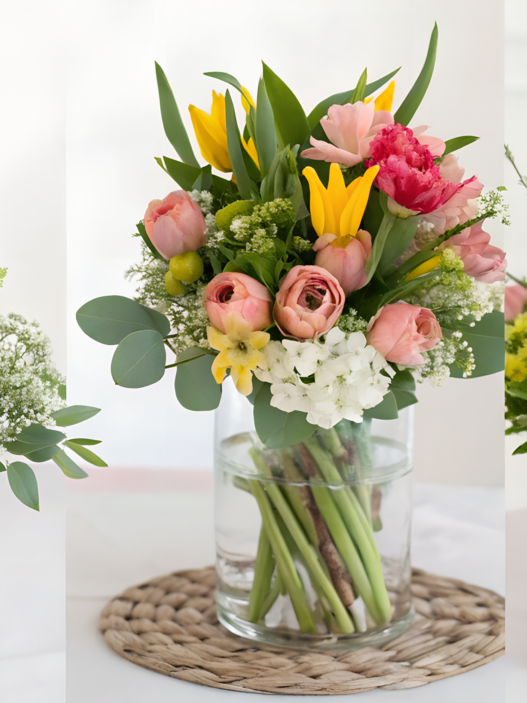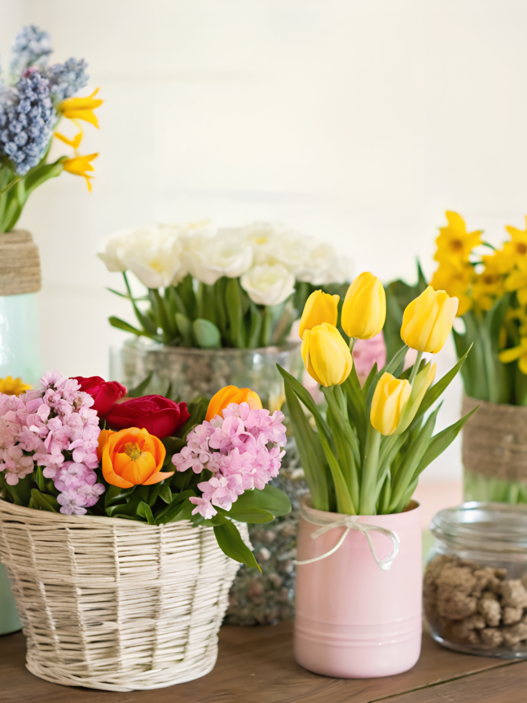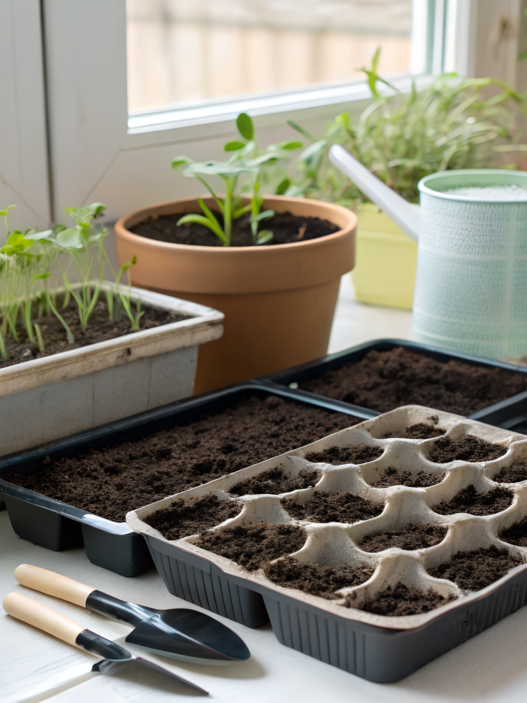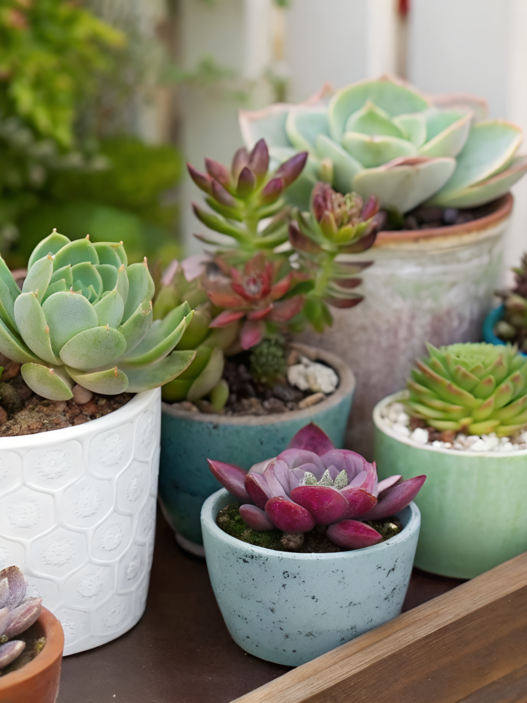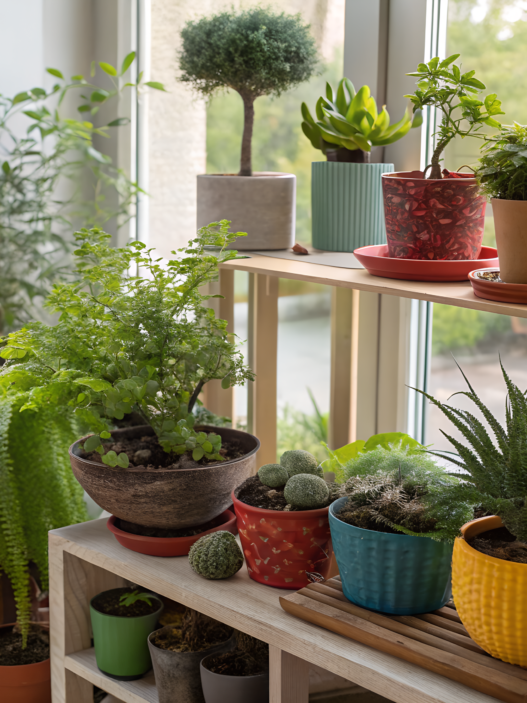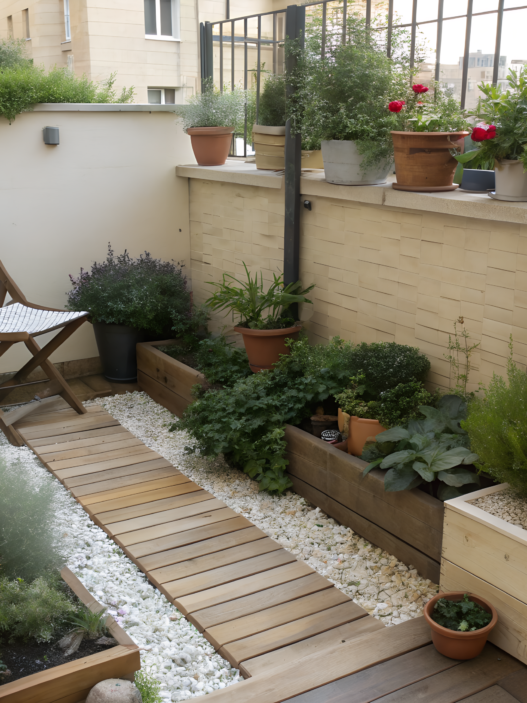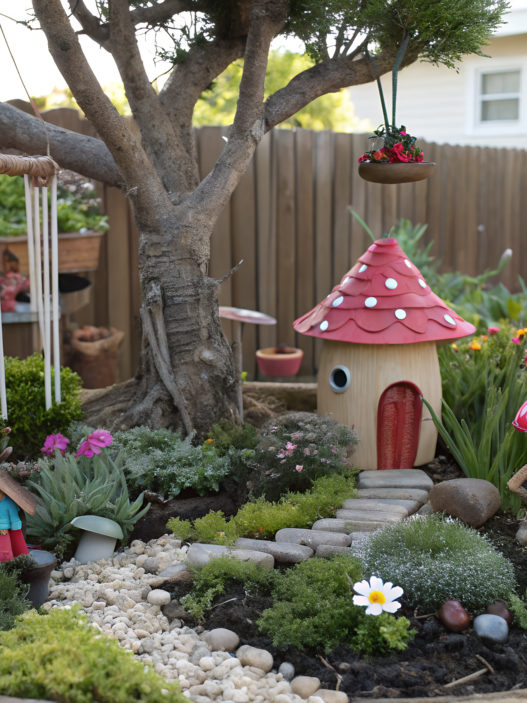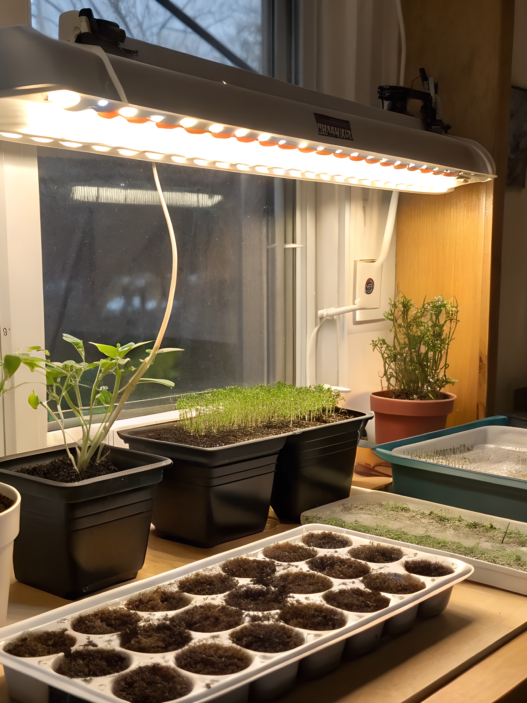It is known that growing seedlings indoors is one of the most effective ways to extend the growing season, get stronger plants and even save money on the purchase of ready-made seedlings. But there’s a little nuance – planting time. which means a lot.
If you start too early, the plants will outgrow their containers before the weather is right. If you start too late, you can miss the optimal time to transplant and harvest.
I’ve tried dozens of methods over the years, making tons of mistakes, and finally found the perfect system for sowing seeds. Here I will share with you a complete planting calendar that will help you grow healthy and strong seedlings.
1. Zone 4-8 Seed Starting Calendar – The Exact Dates for Maximum Growth

Are you wondering what the biggest mistake I made when I first started growing seedlings? The answer is ignoring the climate zone. I followed the general recommendations and ended up transplanting tomatoes too early and zucchini too late. Some seedlings overgrew before I had time to plant them, and others were too weak when I moved them into the open ground. What can I say – lesson learned!
Here’s a general indoor seed sowing schedule for zones 4-8:
- 12-10 weeks before last frost (January-February): onions, leeks, celery, artichokes.
These crops germinate slowly and require a long period of growing indoors before they can be transplanted. This is especially true for onions and leeks – they need time to harden off before they can be planted in the ground.
- 8-10 weeks before the last frost (February-March): tomatoes, peppers, eggplants, perennial herbs
Heat-loving crops like tomatoes and peppers need consistent heat for good germination. Using a heating mat helps speed up this process, especially for peppers and eggplants, which can take up to two weeks to sprout in cool conditions.
- 6-8 weeks before the last frost (March-April): broccoli, kale, kale, lettuce
These hardy crops can tolerate cooler temperatures, making them ideal for early transplanting. Lettuce grows quickly, so if you sow them a couple weeks apart, you’ll get a continuous harvest.
- 4-6 weeks before the last frost (April-May): cucumbers, zucchini, melons
These crops grow quickly and don’t like their roots to be disturbed, so you don’t want to sow them too early. They outgrow their containers very quickly and start to suffer from lack of space.
- 2-4 weeks before the last frost (May): beans, corn
These crops are best sown straight into the ground, but you can start them indoors for an earlier harvest if you wish. However, be careful when transplanting – they do not always tolerate relocation well.
Tip. Don’t try to guess or memorize frost dates! Use this calculator to accurately determine planting dates in your area. This will save you the guesswork and help you plan your planting.
2. Seed Starting Schedule – The Hidden Timing Hack That Changes Everything
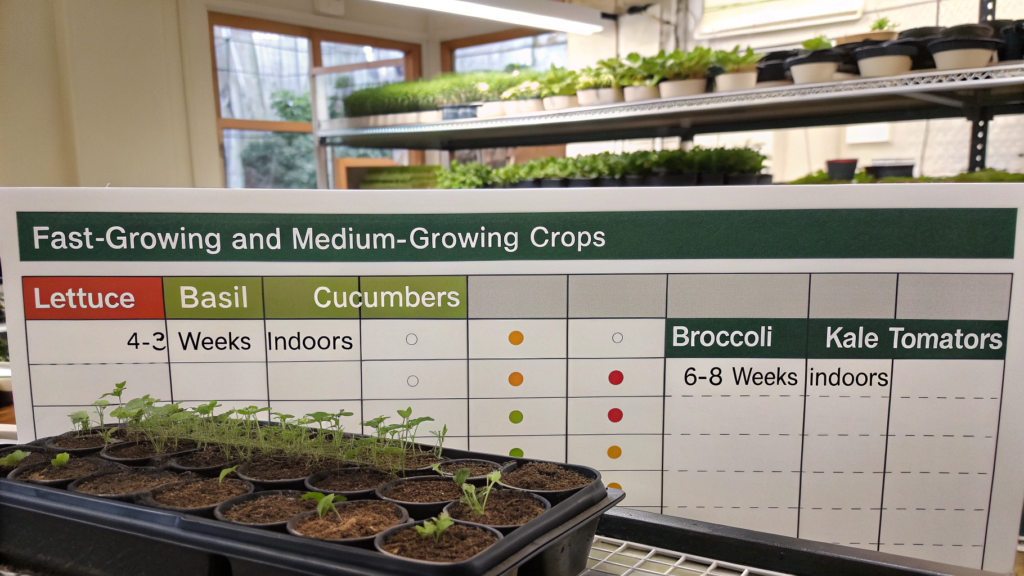
The most important rule I’ve learned is that different plants need different amounts of time indoors. I used to think it was better to start all the seeds at the same time, so that turned out to be a big mistake.
Now I know exactly what the big secret is.Instead of growing everything at the same time, separate your plantings by growth rate and readiness to transplant.
- Fast growing crops (4-6 weeks indoors): lettuce, basil, cucumbers
These plants germinate quickly and don’t require a long growing period before planting in the ground. If you sow them too early, the seedlings will overgrow, exhaust themselves, and begin to suffer from nutrient deficiencies.
- Medium-growing crops (6-8 weeks indoors): broccoli, kale, tomatoes
They need a little more time to develop a strong root system before planting. Tomatoes are especially sensitive to timing – if transplanted too late, they will elongate and become weak.
- Slow-growing crops (8-12 weeks indoors): peppers, onions and eggplants
These plants like warmth and grow very slowly, so they need a long start. For example, peppers can take up to two weeks to germinate, while onions need several months to form strong roots.
By the way, this schedule also helps avoid seedling crowding and allows you to plant strong, healthy plants at the right time. I don’t make any more mistakes!
3. Best Vegetables to Start Indoors in March – The Secret to Earlier Harvests
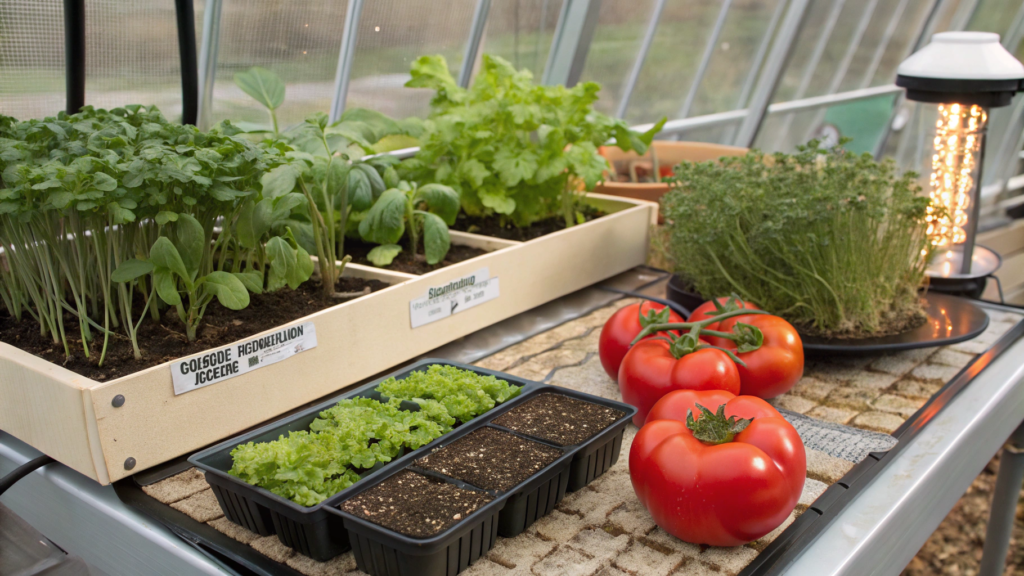
March is the best time to sow seedlings indoors. The days are getting longer, temperatures are rising, which means seedlings will grow faster and stronger.
The best vegetables to plant in March:
- Tomatoes. Require 8-10 weeks indoors for an early summer crop
- Peppers. Take a long time to develop and require a good root system before transplanting
- Broccoli and cabbage. Love cool conditions, but it’s best to start growing them indoors
- Lettuce. Grows quickly indoors and can be put in the ground sooner
- Herbs. Basil and parsley. Yes simply because fresh herbs always taste better than store bought!
A heating mat (like this one) speeds up the germination of heat-loving plants like tomatoes and peppers, cutting germination time in half!
Tip. Remember to separate seedlings by temperature requirements. For example, lettuce and broccoli do not need additional heating, while tomatoes and peppers need 24-29°C.
4. How to Start a Flower Garden Indoors – The #1 Rule for Thriving Plants
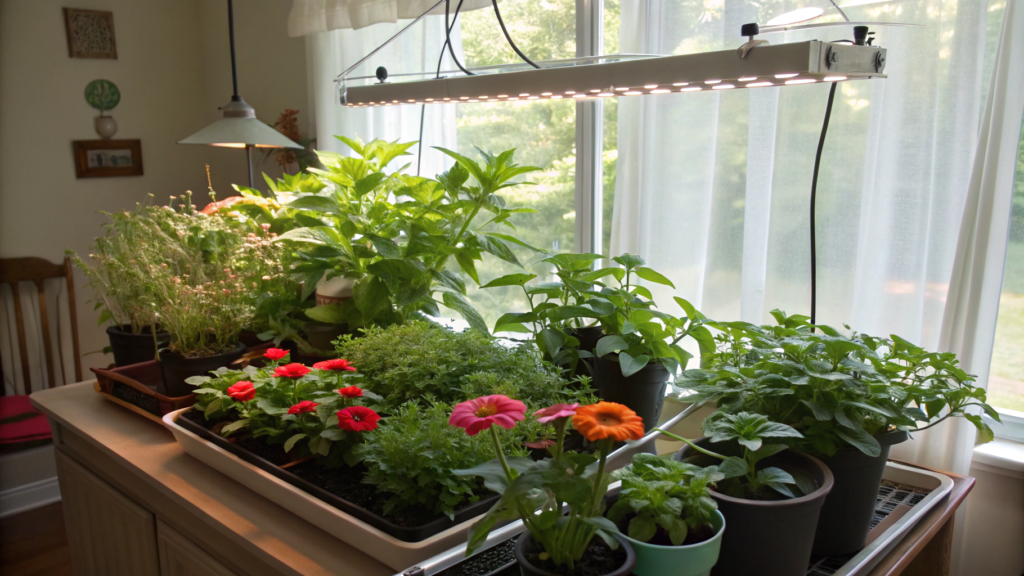
The main rule when growing flowers indoors is light, light and light again! Flowers need 14-16 hours of light per day to grow strong and healthy. If they do not get enough light, they become thin, weak and stretched out. And transplanting these plants into the open ground is a real pain, I assure you!
The best flowers for growing indoors:
- Zinnias. Easy to grow, they’re good at attracting pollinators
- Velvets. Repel pests in the garden by secreting a substance in their roots that is particularly effective at repelling nematodes.
- Petunias. Ideal for container gardening and hanging pots.
- Lion’s Green. Tolerates cool weather well, so can be planted early
Tip. Use full-spectrum grow lights (such as these) to keep seedlings from stretching out. Without the right light, the flowers will become too tall and brittle, and their stems will simply not survive transplanting.
5. What Seeds You Should NEVER Start Indoors – Avoid This Costly Mistake!
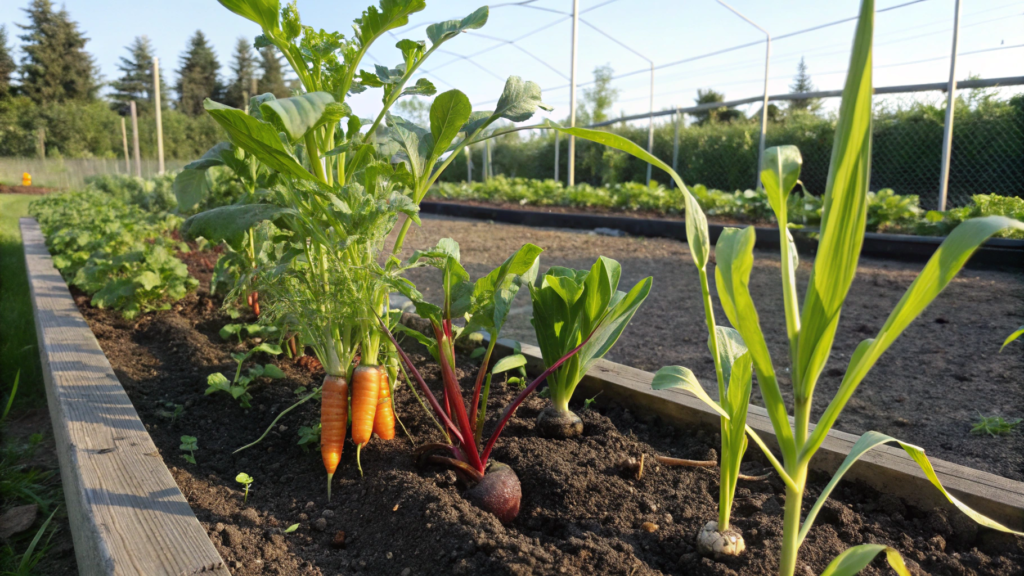
Some plants are absolutely not suitable for growing on seedlings. They are better to germinate in the open ground immediately. I learned this from bitter experience when my carrot seedlings grew weak and quickly went into flower.
Never start indoors:
- Carrots and beets – require undisturbed soil
Root crops develop underground and any tampering can disrupt their growth. Even if these plants survive transplanting, they will be crooked, bifurcated or very small. The best option is to sow them immediately in loose, well-drained soil.
- Corn – does not tolerate transplanting well
The root system of corn is very delicate and does not tolerate tampering. If you plant it in a container and then transplant it into the ground, it may stop growing for a long time. But if you plant it directly into warm soil, it will quickly catch up and outgrow the seedlings.
- Peas and beans – they grow too quickly and don’t like to be transplanted
Legumes sprout very quickly and develop thin, delicate roots that are easily damaged by transplanting. As a result, they can stunt or die. Since they tolerate light frosts, it is better to plant them immediately in the open ground.
Therefore, the best solution is to wait for the optimal soil temperature. After that, plant them directly into the garden. This way they will quickly take root, get stronger and give a good harvest.
6. March Planting Guide – The Insider’s Formula for the Best Start
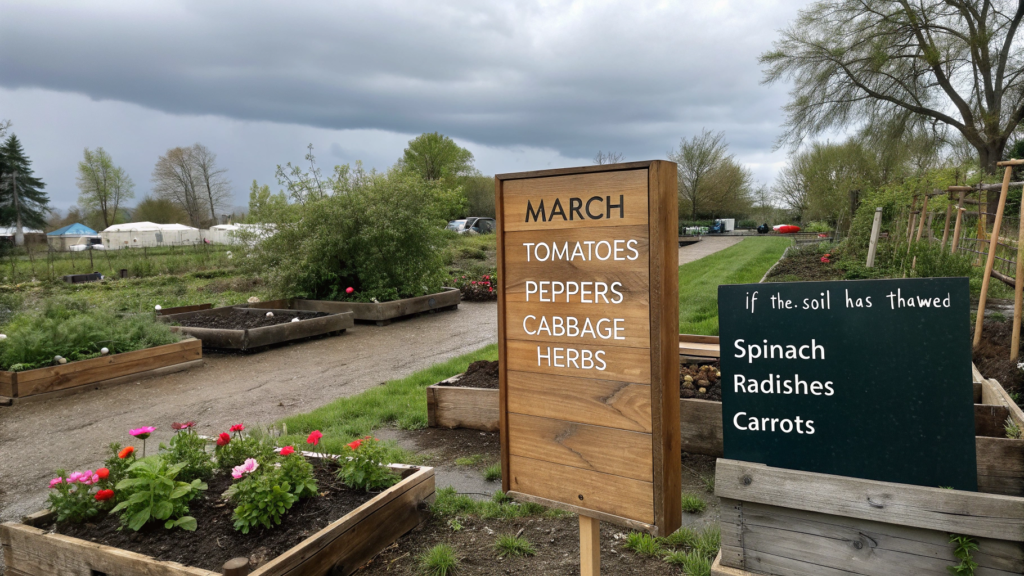
March is known to be the time for active planting, both indoors and outdoors. By this time, some seedlings should already be on windowsills, and in warm regions you can start sowing seeds directly into the ground.
Start indoors: tomatoes, peppers, cabbage, herbs
- These crops need an early start because their seedlings need a few weeks to get strong enough to transplant. Tomatoes and peppers like warmth, but cabbage is more comfortable in cooler conditions.
Sow directly into the ground (if the soil has thawed): spinach, radishes, carrots.
- Spinach and radishes can germinate even at low temperatures, so they can be sown in early spring. Spinach germinates even in 4°C soil, while radishes mature in just a few weeks.
Tip. If the soil is still cold or too wet, try planting in raised beds or containers. They heat up faster than normal soil, which means you can make your first planting sooner.
And if you want a detailed planting guide for the whole year, check out this planting calendar by season.
7. The Perfect Seed Starting Calendar – The Blueprint for a Thriving Garden
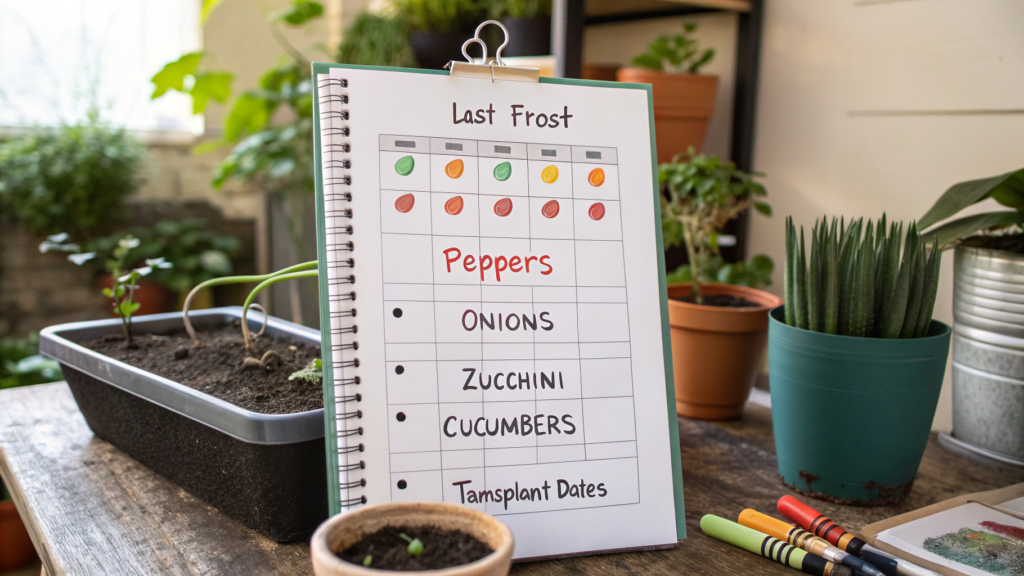
Personally, I have created my own calendar of important planting dates. After several seasons of forgetting what I planted and when, I finally started a detailed schedule. And it has proven to be the most useful tool in gardening. I suggest you do the same.
What to include on the calendar:
- Date of last frost. Determines when you can put seedlings in the ground without risk of frost.
- Which seeds to plant each week. Break down the process step-by-step so you don’t get overwhelmed. Peppers and onions need an early start, but zucchini and cucumbers can be sown later.
- Transplant dates. Mark when each plant is ready to be transplanted into the ground. If you over-pot seedlings, they can overgrow and weaken.
8. Year-Round Indoor Growing – The One Schedule That Works Every Time
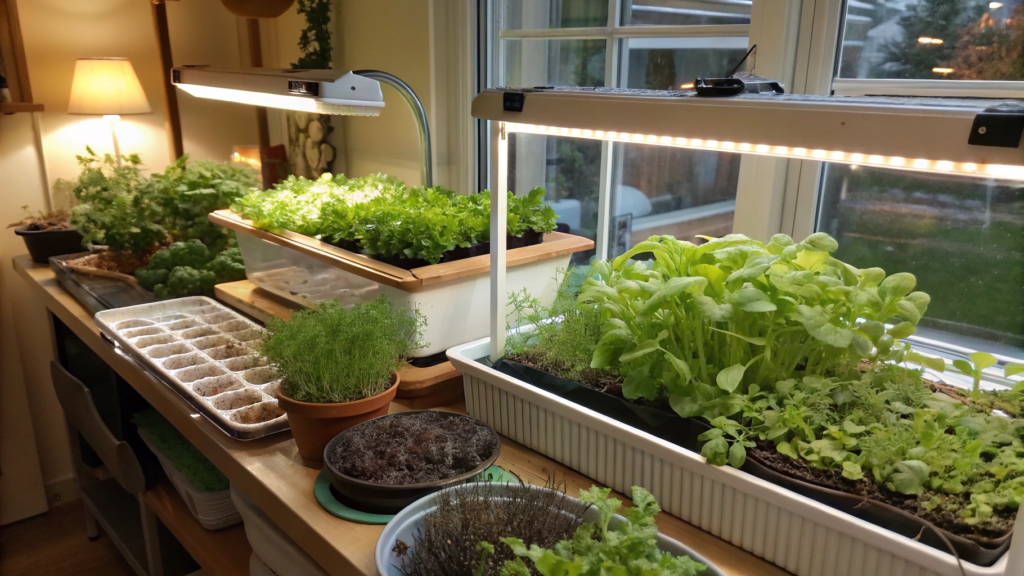
You don’t have to limit yourself to spring gardening at all, because with the right approach, you can grow fresh vegetables and herbs year-round, even during the coldest season. If you just want to always have fresh produce on hand, home gardening will be your best bet.
The best crops to grow indoors:
Lettuce. It grows quickly under artificial light and likes cooler temperatures.
- It is one of the easiest crops to grow indoors. It does not require deep soil or intense lighting. With proper care, you can harvest young leaves in as little as 3 weeks.
Herbs. Basil, thyme, parsley are compact and easy to care for.
- Herbs grow well on the windowsill and do not require a lot of space. Basil likes warmth and good air circulation, while parsley and thyme grow well in cool conditions. Regular leaf picking encourages bushiness.
Microgreens. Super useful and ready to harvest in a matter of days.
- They are young vegetable sprouts that can be consumed as early as 10 days after planting. Studies show they contain 4-40 times more nutrients than adult plants.
Tip. Using LED lights and hydroponic systems allows you to harvest fresh herbs year-round.
9. Small-Space Gardening – The Unexpected Trick for Growing More

We already know that if we have little space, we use vertical gardening. You don’t need a huge plot to grow vegetables, you just need to organize the space properly.
Wall planters. Perfect for herbs, strawberries and greens.
- A wall-mounted container garden allows you to utilize vertical space, turning an empty wall into a living bed. Fabric pockets or vertical hydroponic systems can be used.
Hanging Baskets. Great for cherry tomatoes and peppers.
- Hanging containers free up floor space and allow plants to hang down naturally. The key is to use light soil and water regularly, as hanging planters dry out faster.
Tiered beds. Ideal for balconies and terraces.
- Tiered beds allow you to grow more in the same area. They are great for salads, radishes and strawberries.
10. Indoor Gardening for Zone 7 & 8 – The Surprising Plants You Can Start NOW
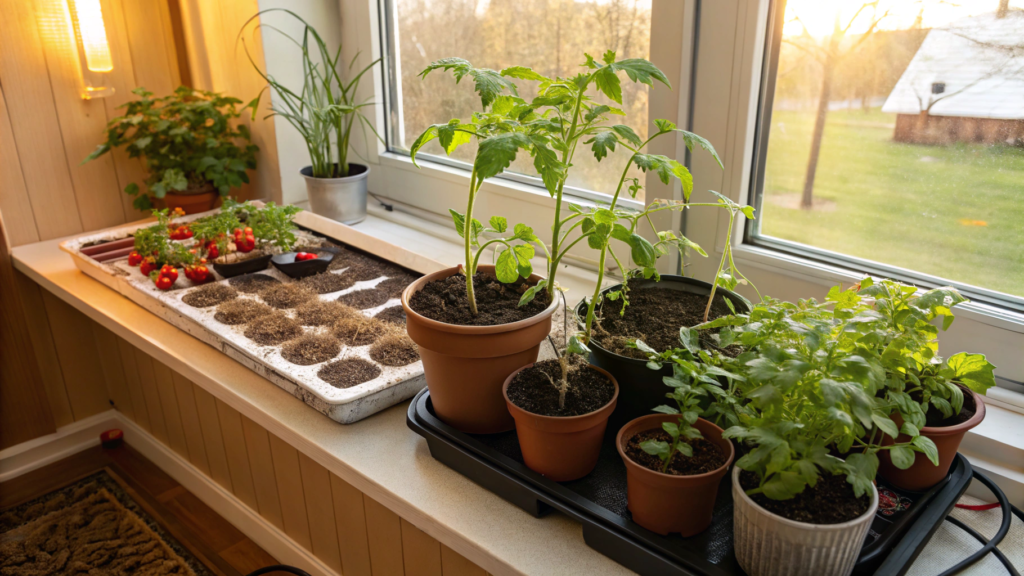
If you live in a warm climate, your planting season starts earlier than most. This is the time to start growing heat-loving crops indoors, as well as sowing cold-tolerant vegetables into the ground.
What you can plant indoors right now:
- Tomatoes, peppers, eggplants. Need an early start before transplanting.
These heat-loving crops require 8-10 weeks of growing indoors before transplanting them into the ground. Using a heating mat will help speed germination, especially for peppers and eggplants, which need warm soil to germinate.
- Flowers. Petunias and velvets – attract early pollinators.
Growing flowers indoors ensures earlier blooms, which will attract bees and butterflies to your garden. Velvets also repel pests and help protect vegetable crops.
- Herbs. Basil, cilantro, oregano – suitable for both home and outdoors.
Cilantro likes cool weather, so if planted now, it will produce a long harvest before the heat starts. Oregano is a perennial herb that will do great in the open ground when it gets warmer.
What can already be sown in the open ground:
- Lettuce, spinach, radishes. Cold-tolerant crops that feel great in early spring.
Even if it’s still cool outside, these plants tolerate light frosts. If you sow them now, the harvest will be ready before the summer heat arrives.
- Peas and beans. Hardy enough to be sown in the ground.
Peas and beans germinate quickly in cool soil and do not like transplanting. If the ground has already thawed, you can sow them now!
Tip. If you are still wary and want to protect early crops from unexpected cold weather, use agrofiber or mini-greenhouses. This will help the plants to quickly take root and get stronger.
Your best gardening season starts NOW!
Growing seedlings indoors isn’t just an opportunity to get an early harvest. It’s a way to maximize garden productivity, grow strong plants, and make the most of the season. And it absolutely doesn’t matter whether you’re in zone 4 or 8, by following a well-designed sowing calendar, you can grow more vegetables in a shorter amount of time.
What plants are you starting to sow this month? Share in the comments!


